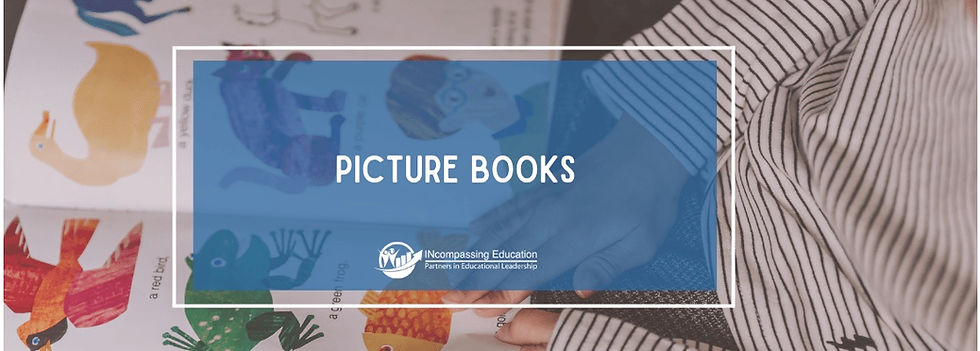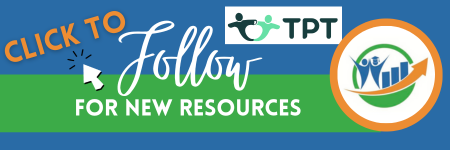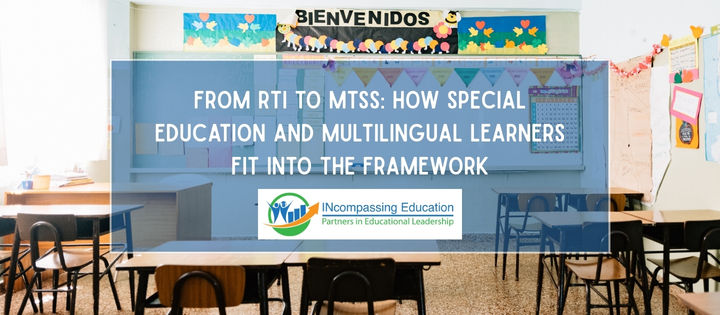Picture Books
- Dianne McKinley
- Apr 20, 2023
- 5 min read
Updated: Oct 9, 2025

Picture books are books that use illustrations, often accompanied by text, to tell a story or convey a message. They are typically aimed at young children, although they can also be enjoyed by adults. Picture books can help children develop their language skills, imagination, and understanding of the world around them. They also provide a great way for parents and teachers to bond with children while sharing a fun and creative experience.
Why Are Picture Books Necessary for Children?
Picture books are an essential part of a child’s development and growth. They help children to explore the world around them, build language and literacy skills, and develop important social and emotional skills. Picture books are an excellent way to introduce children to a wide range of topics in a fun and engaging way. They can also help them to develop a love of reading and an appreciation for literature.
What Ages Are Picture Books Useful for Children?
Picture books are incredibly useful for children of all ages! They help young children learn to read and learn to recognize basic shapes and colors, while providing older children with a fun and creative way to explore stories, characters, and settings.
Elements of a Picture Book
A picture book typically consists of several elements, including a story, illustrations, and text. The story and text work together to create a narrative that is then supported by the illustrations. The illustrations are often detailed and vivid, helping to bring the story to life and make it more engaging for the reader. Additionally, most picture books also have a title, author and illustrator credits, and dedication page.
The Different Types of Picture Books
There are many different types of picture books that can be found in libraries and bookstores. Some of the most popular types include alphabet books, counting books, nursery rhymes, fairy tales, folk tales, fables, and biographies. Each type of picture book has its own unique style of illustration and story.
Alphabet books usually have bright, colorful illustrations of animals and objects, whereas counting books may use a combination of illustrations and numbers. Nursery rhymes often use humorous illustrations to accompany the verse, while fairy tales may have a more traditional illustration style. Folktales and fables usually focus on moral lessons and often use more realistic illustrations. Biography picture books use a combination of illustrations and text to tell the story of a real person.
What Makes a Great Picture Book?
A great picture book should have vibrant, colorful illustrations that help bring the story to life, captivating characters that readers can connect with, an engaging plot and dialogue that keeps them hooked, and a meaningful message that will stay with readers long after they’ve finished the story. Additionally, it’s important that the book is age appropriate for the intended audience and is easy to understand.
Physical Characteristics of Picture Books
Picture books typically have a glossy finish, bright and vibrant colors, and a glossy, hard cover. The pages are usually made of sturdy paper, making them easy to turn, and they often feature illustrations with a variety of shapes, sizes, and textures. Picture books usually have a large font size and often incorporate interactive elements such as flaps and pop-ups.
What a Picture Book Should Be About
A picture book can be about anything! It could be about an animal, a historical event, a person, a place, a fantasy world, or even an abstract concept. The possibilities are endless. The most important thing is to tell a story that will engage and captivate young readers.
Word Count and Page Count of a Picture Book
Generally speaking, the word count of a picture book is between 500 to 1,000 words. However, the word count can vary depending on the type of story you are trying to tell. For example, a longer, more complicated story may require more words, while a simple story may require fewer words. Additionally, the number of illustrations can also influence the total word count. Picture book page counts vary depending on the publisher and the format of the book. Generally, a picture book contains between 24 and 40 pages, but it can be as low as 10 pages or as long as 48 pages.
The Correct Tense of a Picture Book
Ultimately, it depends on the story you want to tell. If you want to convey a feeling of nostalgia, then past tense may be the way to go. If you want to bring the story to life and create an immediate sense of immediacy, then present tense may be the best option. Ultimately, it depends on the story you want to tell and how you want to tell it.
How Teachers Can Implement Picture Books in the Classroom
There are many ways teachers can use picture books to engage students in their learning. For example, teachers can use picture books to introduce a topic or concept in a fun and engaging way. Picture books can also be used to help build students’ vocabulary, as the visuals can help to bring the words to life. Additionally, teachers can use picture books to help develop students’ critical thinking skills, as they can be used to stimulate discussion and provide students with opportunities to explore different perspectives. Finally, picture books can be used to spark creativity, as students can be encouraged to create their own stories or artwork based on the book they have read.
Best Examples of Picture Books
The Very Hungry Caterpillar by Eric Carle
Where the Wild Things Are by Maurice Sendak
Goodnight Moon by Margaret Wise Brown
The Cat in the Hat by Dr. Seuss
The Snowy Day by Ezra Jack Keats
Harold and the Purple Crayon by Crockett Johnson
The Giving Tree by Shel Silverstein
Corduroy by Don Freeman
The Rainbow Fish by Marcus Pfister
The Gruffalo by Julia Donaldson
Conclusion
To conclude, picture books are one of the most valuable tools for helping children to learn and grow. They are a great way to introduce young minds to the world of reading, as the colorful illustrations and simple stories help to grab their attention. Picture books can also help to foster a child’s imagination and creativity, while also teaching important lessons and values. Picture books are great for sparking conversations between parents and children, which can help to promote early literacy and language development. Overall, picture books are a fantastic resource for teaching children and helping them to understand the world around them.
Do you want to learn new techniques on how to effectively teach your students? INcompassing Education provides onsite, off-site, and online professional development for teachers. Contact us to learn more.
Download this FREE Toolkit:
Support Productive Struggle in Reading: https://www.incompassinged.com/productive-struggle
A downloadable guide to recognizing student signals and knowing exactly how to respond.
Download this FREE Toolkit:




